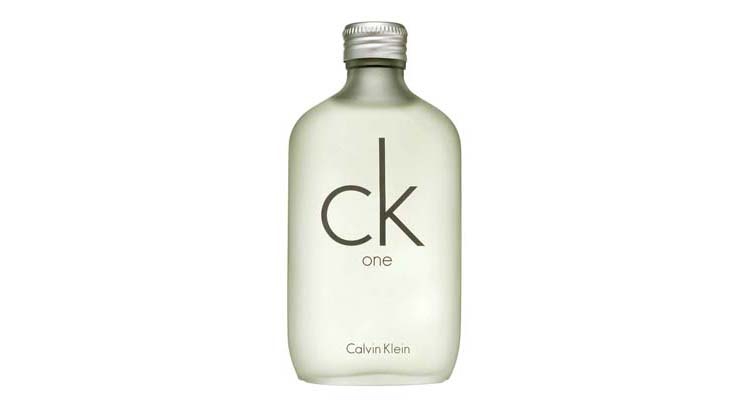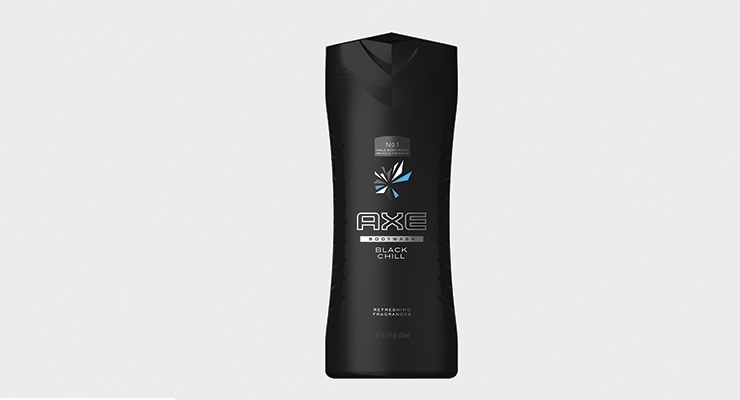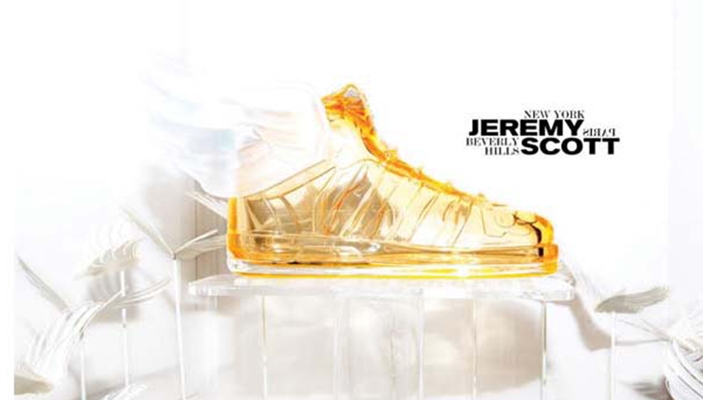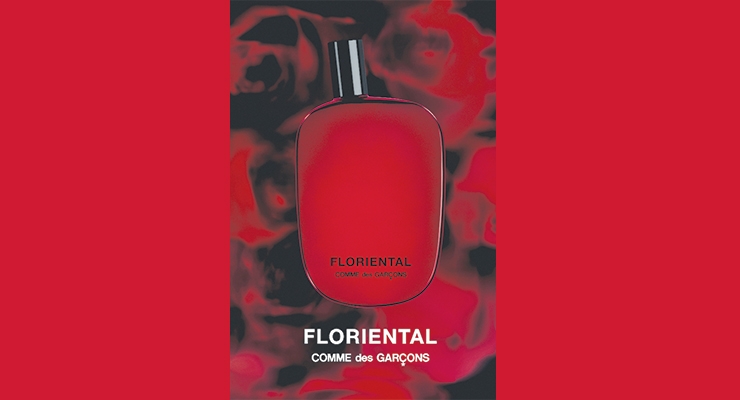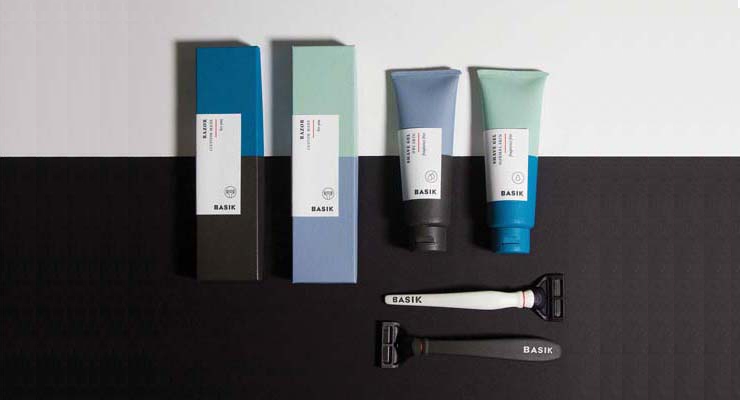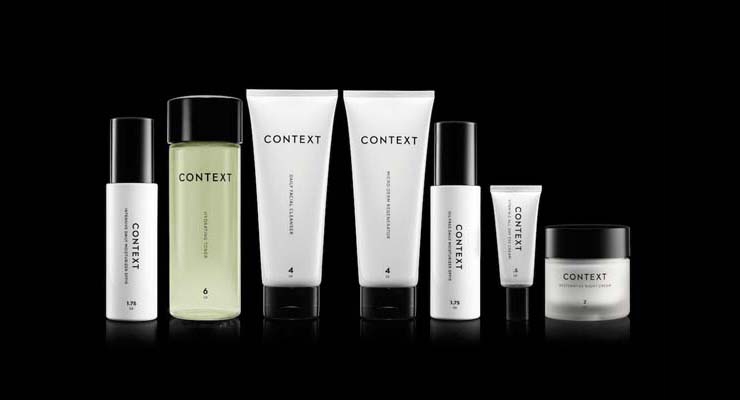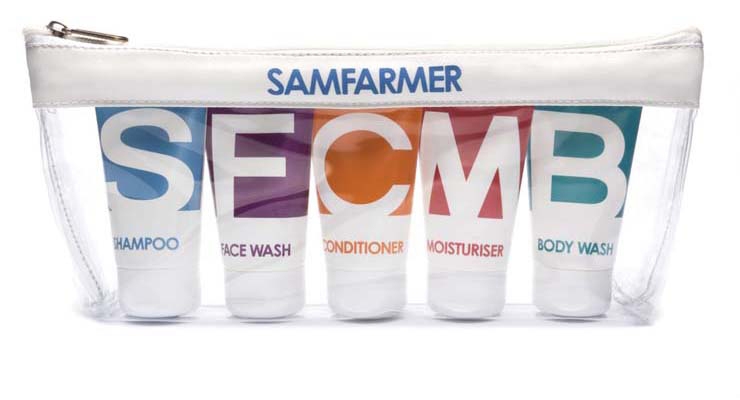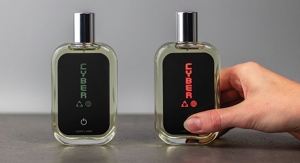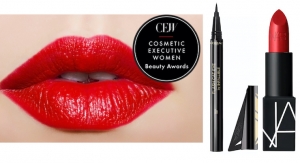Nick Dormon, managing director and Strategy Director at Echo Brand Design05.26.16
Gender stereotyping will not wash with the new generation growing up in a world of gender equality. In line with changing attitudes, brands are boldly defying conventions. Led by the fashion industry, the beauty sector is closely following suit as cosmetic and skin care brands reconsider notions of gender and sexuality.
The Rebirth of Unisex Fragrance
Unisex fragrances (that is, a fragrance designed to appeal to both sexes) have been around since perfume began, but it was the ’90s that saw them explode into the mainstream. Emporio Armani’s take on “his and her” was to create two distinct fragrances, Lui and Lei, and unite them through design. The smooth, cylindrical metal bottles are sculpted to fit together—a little bump for him and an indentation for her—subtly denoting the differences between the sexes. It was Calvin Klein who brought the sexes even closer, unifying them in the iconic CK One unisex fragrance. Using sexually ambiguous models from all backgrounds and uniting them as one, gave meaning and integrity to their “One for all” philosophy. Meanwhile, cosmetics giant MAC, a brand that has continuously celebrated diversity and individuality, unveiled drag superstar Ru Paul as their first ever campaign girl. They have since stayed true to their vision as a company fit for “all sexes, all ages and all races.”
Empowering the Individual
Changing notions around gender and identity are attracting the attention of mainstream brands once again. With more people refusing to be put in the binary-gendered box, brands are redefining social borders in order to take a more inclusive approach, which allows them to stay relevant for longer with a broader audience.
AXE Shampoo
The male grooming brand Axe recently ditched “The Axe Effect” for a new tagline, packaging and positioning aimed at the modern man. “Find your magic” hopes to encourage men to feel more comfortable and confident in their own skin. Responding to changing attitudes toward male grooming, their new approach champions individuality in line with today’s broader vision of masculinity. This is translated on pack with sophisticated, stripped back graphics adhering to a more neutral aesthetic.
Following his Toy fragrance for Moschino, designer Jeremy Scott continues with his unisex scent creations. As the designer for the Adidas Originals line, he has launched the first fragrance for the brand. The quirky bottle is designed in the form of Adidas Jeremy Scott Wings 2.0 high-top sneakers.
One brand for all can result in a diluted position. The challenge here for brands is to build a strong and unique personality through their packaging and branding. The packaging design needs to create original visual cues that will appeal to both male and female consumers. A great example of this is Nike whose brand mantra “authentic athletic performance” taps into a human desire to be healthy and/or fit irrespective of gender. Another great example is Comme des Garcons’ iconic (unisex) fragrance bottle design.
The structure remains uniquely consistent, but different illustrative designs are used to represent each unique fragrance. The designs reflect the individuality of the brand and scent, which gives far more reach and meaning to the product than if it were to target gender specifically.
Inclusive Design
We are seeing small players enter this field as an opportunity to explore a gender-free brand world. These brands are adopting a neutral aesthetic and stripping their packs of any stereotypical gender cues.
Basik is a personal grooming and household brand concept created by Finnish designer Saana Hellsten. Hellsten understood that there were physical differences between the razors for men and women, but that these differences related to the function of the product and not to the gender of the consumer. Therefore, she created a packaging solution more suited to our current spectrum, building on function over gender. Unisex beauty brand Context applies the same philosophy creating effective formulas and skin care solutions that respond to skin type not gender.
Additionally, Sam Farmer is on a mission to change the personal care landscape with his unisex range aimed at teenagers. It wasn’t until he had children of his own that he realized just how much adolescents were being subjected to provocative and damaging forms of marketing. He responded by launching his own personal care range focused on transparency and equality.
Brand and packaging design is the first interaction with a product. Perpetuating gender stereotypes will make neither a good first impression nor a lasting one with the new generation. Brands that challenge gender segregation and create a clear and cohesive gender-neutral brand personality will have the greatest impact going forward.
About the author:
Nick Dormon is managing director and strategy director at Echo Brand Design.
The Rebirth of Unisex Fragrance
Unisex fragrances (that is, a fragrance designed to appeal to both sexes) have been around since perfume began, but it was the ’90s that saw them explode into the mainstream. Emporio Armani’s take on “his and her” was to create two distinct fragrances, Lui and Lei, and unite them through design. The smooth, cylindrical metal bottles are sculpted to fit together—a little bump for him and an indentation for her—subtly denoting the differences between the sexes. It was Calvin Klein who brought the sexes even closer, unifying them in the iconic CK One unisex fragrance. Using sexually ambiguous models from all backgrounds and uniting them as one, gave meaning and integrity to their “One for all” philosophy. Meanwhile, cosmetics giant MAC, a brand that has continuously celebrated diversity and individuality, unveiled drag superstar Ru Paul as their first ever campaign girl. They have since stayed true to their vision as a company fit for “all sexes, all ages and all races.”
Empowering the Individual
Changing notions around gender and identity are attracting the attention of mainstream brands once again. With more people refusing to be put in the binary-gendered box, brands are redefining social borders in order to take a more inclusive approach, which allows them to stay relevant for longer with a broader audience.
AXE Shampoo
The male grooming brand Axe recently ditched “The Axe Effect” for a new tagline, packaging and positioning aimed at the modern man. “Find your magic” hopes to encourage men to feel more comfortable and confident in their own skin. Responding to changing attitudes toward male grooming, their new approach champions individuality in line with today’s broader vision of masculinity. This is translated on pack with sophisticated, stripped back graphics adhering to a more neutral aesthetic.
Following his Toy fragrance for Moschino, designer Jeremy Scott continues with his unisex scent creations. As the designer for the Adidas Originals line, he has launched the first fragrance for the brand. The quirky bottle is designed in the form of Adidas Jeremy Scott Wings 2.0 high-top sneakers.
One brand for all can result in a diluted position. The challenge here for brands is to build a strong and unique personality through their packaging and branding. The packaging design needs to create original visual cues that will appeal to both male and female consumers. A great example of this is Nike whose brand mantra “authentic athletic performance” taps into a human desire to be healthy and/or fit irrespective of gender. Another great example is Comme des Garcons’ iconic (unisex) fragrance bottle design.
The structure remains uniquely consistent, but different illustrative designs are used to represent each unique fragrance. The designs reflect the individuality of the brand and scent, which gives far more reach and meaning to the product than if it were to target gender specifically.
Inclusive Design
We are seeing small players enter this field as an opportunity to explore a gender-free brand world. These brands are adopting a neutral aesthetic and stripping their packs of any stereotypical gender cues.
Basik is a personal grooming and household brand concept created by Finnish designer Saana Hellsten. Hellsten understood that there were physical differences between the razors for men and women, but that these differences related to the function of the product and not to the gender of the consumer. Therefore, she created a packaging solution more suited to our current spectrum, building on function over gender. Unisex beauty brand Context applies the same philosophy creating effective formulas and skin care solutions that respond to skin type not gender.
Additionally, Sam Farmer is on a mission to change the personal care landscape with his unisex range aimed at teenagers. It wasn’t until he had children of his own that he realized just how much adolescents were being subjected to provocative and damaging forms of marketing. He responded by launching his own personal care range focused on transparency and equality.
Brand and packaging design is the first interaction with a product. Perpetuating gender stereotypes will make neither a good first impression nor a lasting one with the new generation. Brands that challenge gender segregation and create a clear and cohesive gender-neutral brand personality will have the greatest impact going forward.
About the author:
Nick Dormon is managing director and strategy director at Echo Brand Design.

